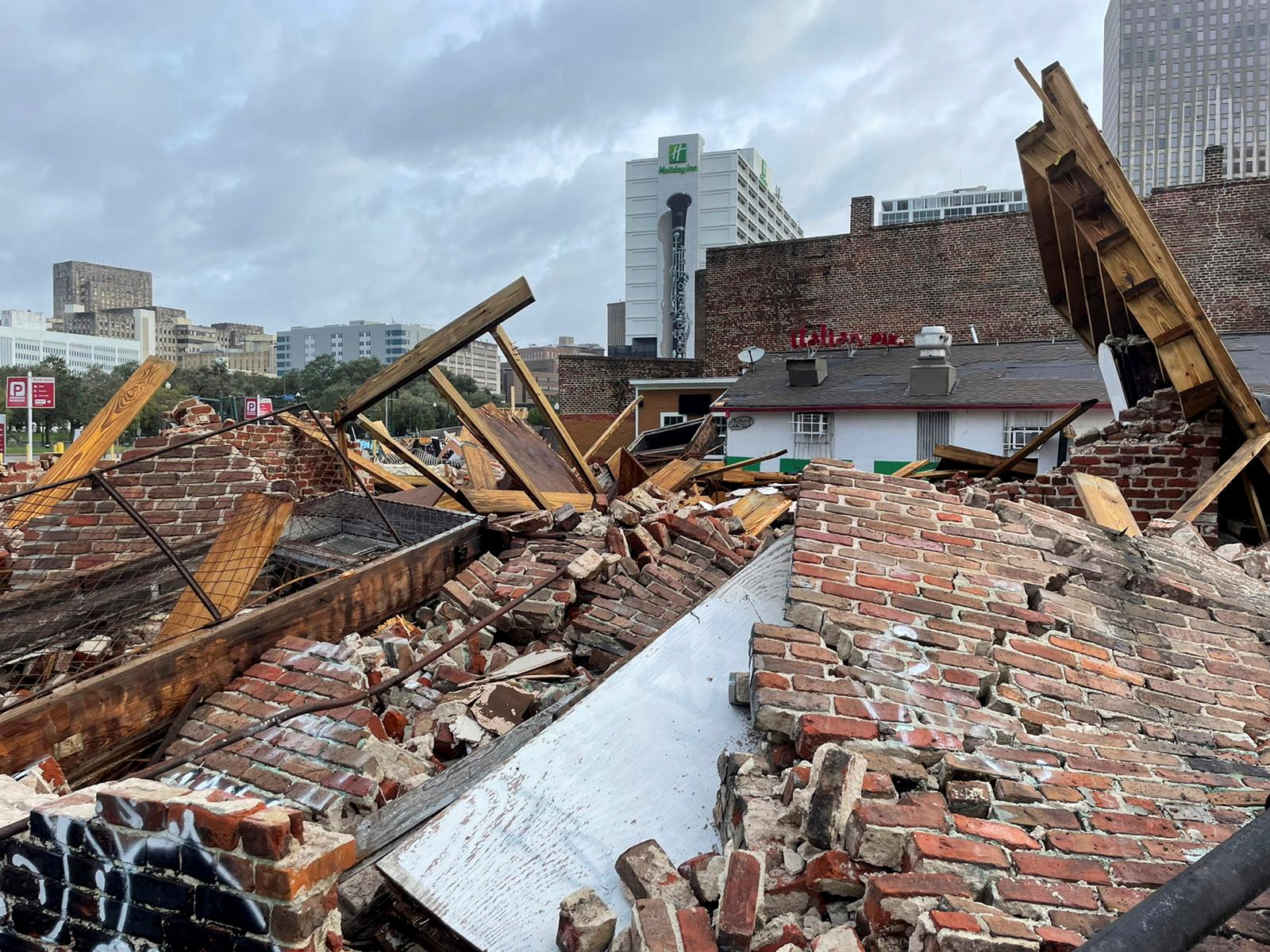
[elfsight_social_share_buttons id=”1″]
At least one person has died and power is out across Louisiana and Mississippi on Monday as officials warned residents against venturing out on roads littered with downed power lines and debris from Ida, which remains a powerful storm.
Virtually no one in the state has electricity and many water systems are also out, Louisiana Governor John Bel Edwards said.
Emergency 911 service was also not available in New Orleans in the wake of the powerful Category 4 hurricane that slammed into the state a day earlier.
The death toll was likely to increase, Edwards told MSNBC, and he posted on Twitter that the state had deployed 1,600 search-and-rescue personnel.
“Please remain sheltered in place. Although you may be tempted to go explore, conditions are still very dangerous,” the City of New Orleans Emergency Medical Services wrote on Twitter.
President Joe Biden declared a major disaster in the state, ordering federal assistance to bolster recovery efforts.
Ida crashed ashore as Louisiana was already reeling from a resurgence of COVID-19 infections that has strained the state’s healthcare system, with an estimated 2,450 COVID-19 patients hospitalized statewide, many in intensive care units.
The storm’s arrival came 16 years to the day after Hurricane Katrina, one of the most catastrophic and deadly U.S. storms on record, struck the Gulf Coast, and about a year after the last Category 4 hurricane, Laura, battered Louisiana.
Federal Emergency Management Agency (FEMA) administrator Deanne Criswell said the full impact of the storm would become clear later in the day.
“We’re hearing about widespread structural damage,” Criswell said in an interview with CNN. “I don’t think there could have been a worse path for this storm. It’s going to have some significant impacts.”
The Karnofsky Shop, the first jazz record store in New Orleans, was a heap of bricks after the storm with the roofs from other damaged buildings littering the city streets.
Federal levees appeared to have held. Hundreds of miles of new levees were built around New Orleans after flooding from Katrina inundated much of the low-lying city, especially historically Black neighborhoods.
FLOOD THREAT
Ida lost some of its punch as it grinded over southwestern Mississippi on Monday, but the system, downgraded to a tropical storm, could still trigger heavy flooding throughout the region, the National Hurricane Center said.
A loss of generator power at the Thibodaux Regional Health System hospital in Lafourche Parish, southwest of New Orleans, forced medical workers to manually assist respirator patients with breathing while they were moved to another floor, the state Health Department confirmed to Reuters on Sunday.
Power was knocked out Sunday night to the entire New Orleans metropolitan area following the failure of all eight transmission lines that deliver electricity to the city, the utility company Entergy Louisiana reported.
One transmission tower collapsed into the Mississippi River, the Jefferson Parish Emergency Management Department said.
Just over 1 million Louisiana homes and businesses were without electricity on Monday, as well as nearly 130,000 in Mississippi, according to the tracking site PowerOutage.
Ida pummeled U.S. Gulf Coast energy suppliers, knocking out most of the region’s offshore wells and nearly half its motor fuel production and drove prices broadly higher.
(Reporting by Devika Krishna Kumar in New Orleans; Additional reporting by Stephanie Kelly, Peter Szekely in New York, Doina Chiacu in Washington, Rich McKay in Atlanta, Kanishka Singh, Bhargav Acharya and Nakul Iyer in Bengaluru; Writing by Steve Gorman and Maria Caspani; Editing by Richard Pullin, Nick Macfie and Lisa Shumaker)
Copyright 2021 Thomson/Reuters
